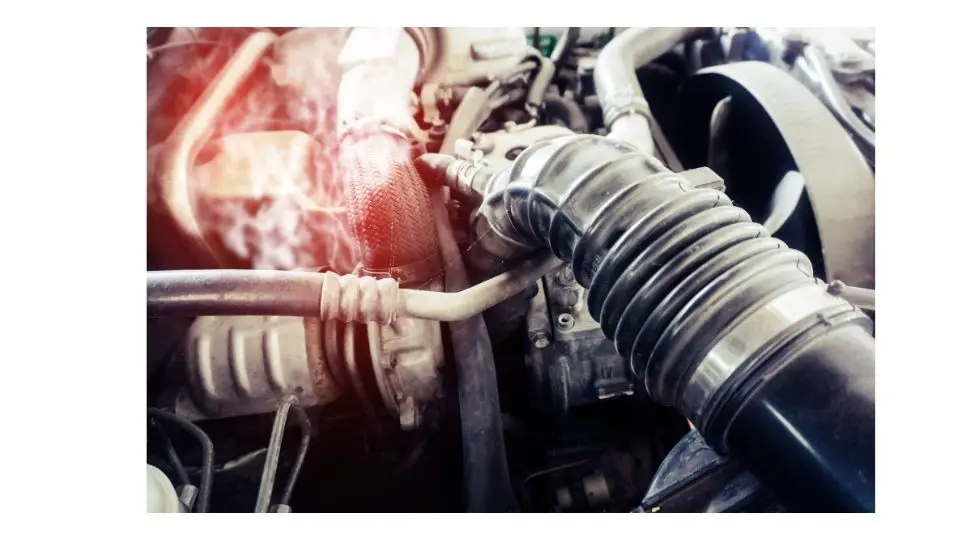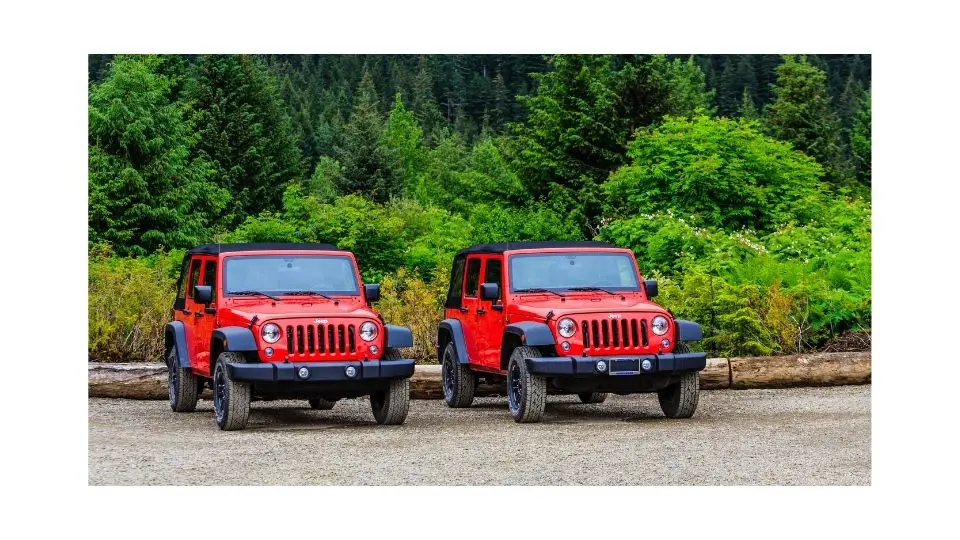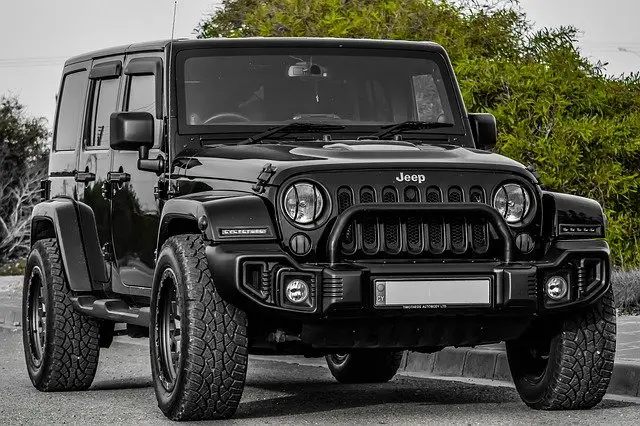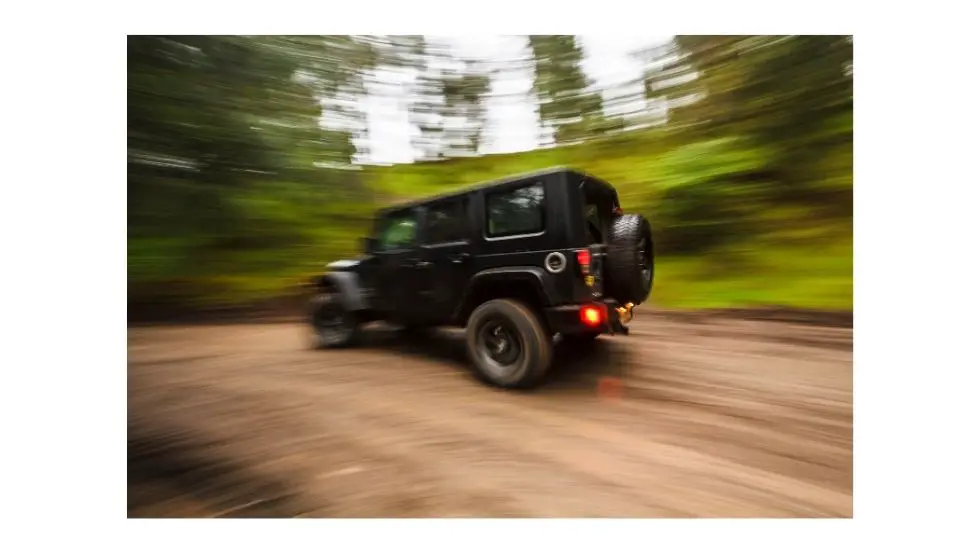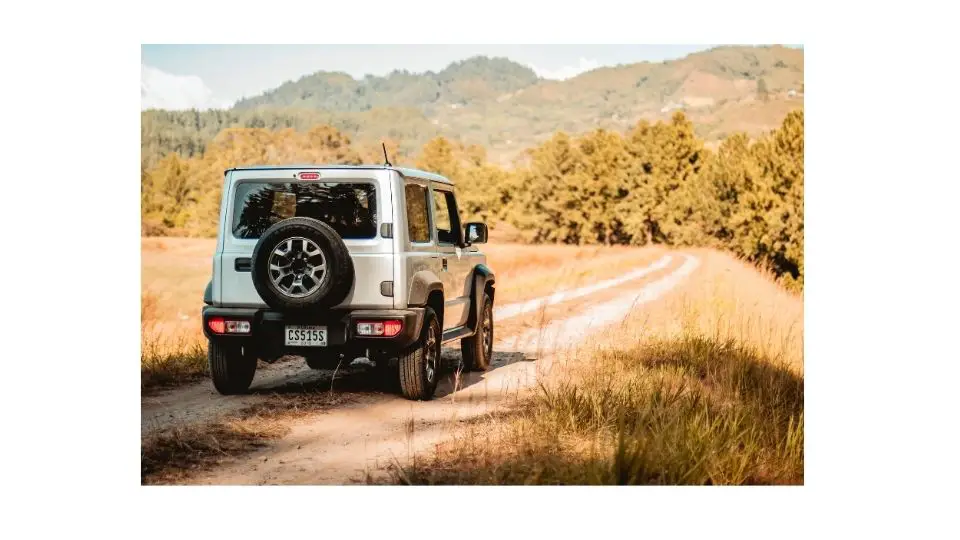Overheating engines is one of the most things that should never be taken lightly. It could lead to serious damage to your jeep wrangler engine if left untreated. The engine’s cooling system is a complex network of components that help to regulate the temperature of your wrangler. There are many things that could cause your Jeep engine to overheat and in this article, I will explain some of the more common ones. let’s jump straight to it.
Jeep Wrangler Overheating Main Causes
Low Coolant Level/Poor Quality:
The amount of coolant in your engine is just as important as having enough. Overheating can occur if the level of coolant is too low or if it has a poor quality. If you have to frequently top up your coolant then something is wrong with it and should be changed immediately.
Your engine needs at least the minimum amount of coolant to run properly, so check that first. It is also important that you check for any leaks in the coolant bottle. Also, Check the type of coolant that has been put into your Jeep engine.
The wrong coolant can actually cause your Jeep engine to overheat, especially in the summer months when it’s hotter outside. Stick to the manufacturer’s recommended type, which is usually stated on the inside of your engine’s ‘cap’.
Water Pump Failure:
A leaking water pump will result in a drop in the coolant level. but when it actually causes your Jeep Wrangler Overheating, it is more likely to be due to a failure of the water pump. The pump is driven by the timing belt which means when there is a problem with one of them, you are likely to have problems with the other one. The pump is an electric one, so check that you have power at the plug terminals.
Faulty Fan or Radiator:
Faulty fans or radiator is another common cause of overheating. The fan is usually the part of the cooling system that has failed and it can be caused by many things, but in this case it will be due to something blocking it or fouling the water-pass through.
To check for this you need to first look at your radiator cap. If there is no pressure coming from the cap then your fan will likely be failing in some way or another. as your Jeep travel more the fan efficiency may start to decrease due to things like debris and mud getting into the blades and disrupting its movement.
Failing Radiator cap:
The radiator cap is often overlooked but very important to the proper operation of the cooling system. It does not have to be pressurized but simply has to be there.
This is another reason for your Jeep wrangler overheating. If this is just a matter of replacing the cap and you don’t see any drops in coolant level, then the problem might be elsewhere. The cap could have failed again, with a leak developing if it hasn’t already, or it may be that there is not much pressure to help coolant get into the radiator at all.
Bad Thermostat:
The thermostat is an important part of your Jeep engine cooling system. It ensures that the temperature is kept under control and does not run too hot or too cold by regulating the flow of coolant through the engine.
A faulty thermostat may be indicated by your Jeep wrangler overheating even though you have checked your coolant level and it is correct. If the thermostat fails to open or close properly when it should, then you will see this in the form of your Jeep overheating. Your Jeep’s thermostat may have failed due to wear and tear or just bad luck. The other reason for overheating is a faulty fan. When the fan is stuck on full, the water circulating through your engine never has a chance to cool down, resulting in an overheat.
Headgasket failure:
This is one of the reasons for overheating of your Jeep wrangler engine. If your Jeep overheats and you see steam coming from under the hood, then you might have a cracked head gasket.
The problem with this is that it will eventually get worse and you’ll face bigger problems down the road. Overheating engines can cause serious damage if not treated at the right time. The damage caused by an overheating engine can be huge.
What to do if Your Jeep Wrangler is Overheating?
- Carry out a quick visual inspection under the hood of your Jeep Wrangler. Try to look for signs of steam or smoke coming from anywhere, which indicates that coolant is escaping into the atmosphere. This is a sign that you might have a cracked head gasket and it’s leaking hot coolant into the combustion chamber where it’s getting burned, causing water vapor to be released into the atmosphere as steam or smoke.
- Check your engine’s coolant level. If the level is low, then fill it up using only the amount of coolant you strictly need for that particular job.
- Inspect for water in the cooling system. There will be a good chance that there will be some water in the cap of your radiator if it’s leaking, but this is not always an indication that there is a leak somewhere else in your cooling system. Fix all leaks to ensure that your engine operates properly, regardless of the cause of overheating.
- Check the condition of your radiator cap and fan clutch. If they are not working properly then make sure to get them serviced immediately or replace them if they are faulty permanently. A faulty radiator cap can cause overheating, but an overheating engine is likely to have a faulty fan as well. Contrary to popular belief, the fan may not have failed completely, but the water circulating through the cooling system is able to reach its blades and cool them down.
- Take the car to a nearest Jeep repair shop if you are not sure about the cause of overheating. Most of these technical issues cannot be fixed without a full system check. The engine needs to be dismantled and if it is an overheating problem, then the cooling system will be checked as well.

